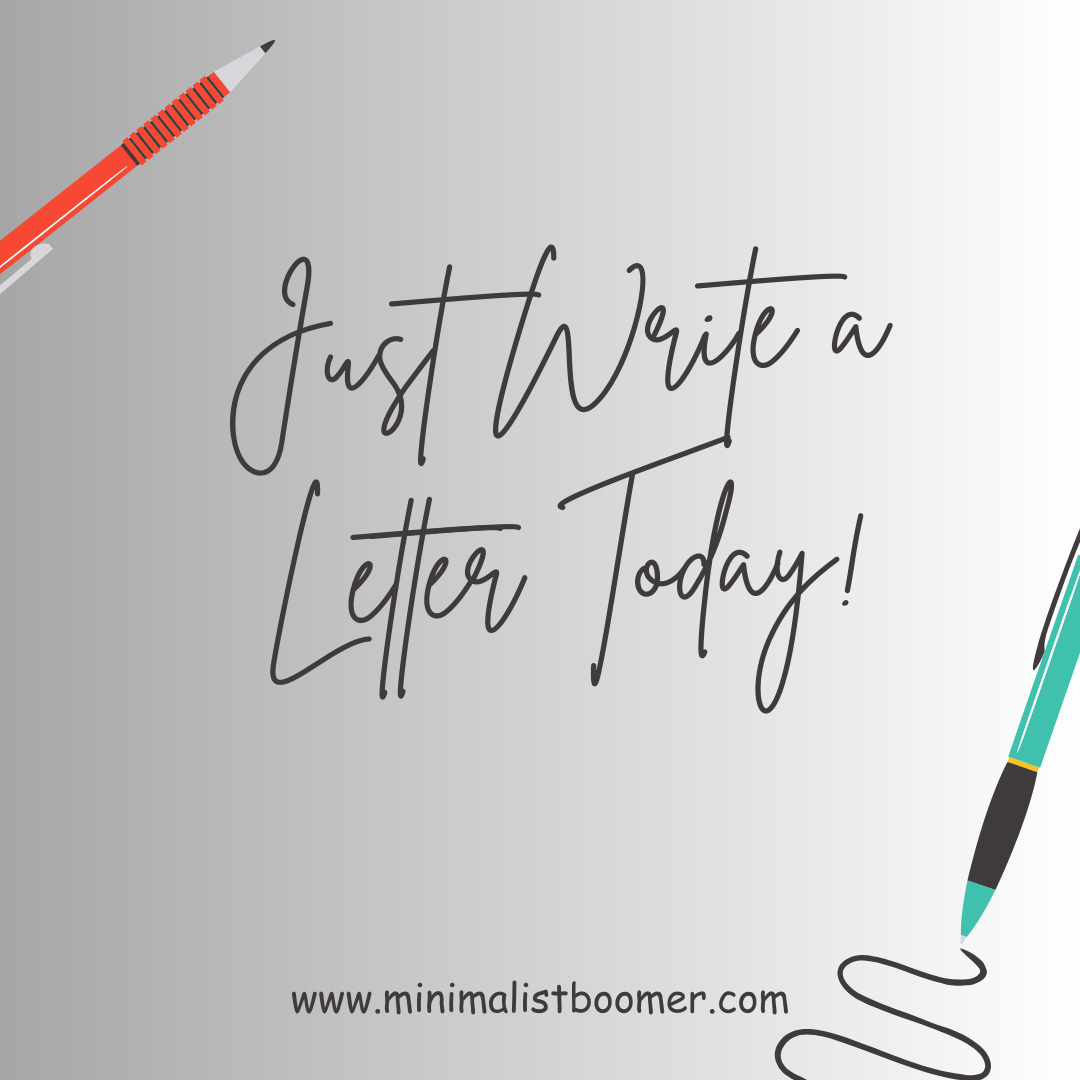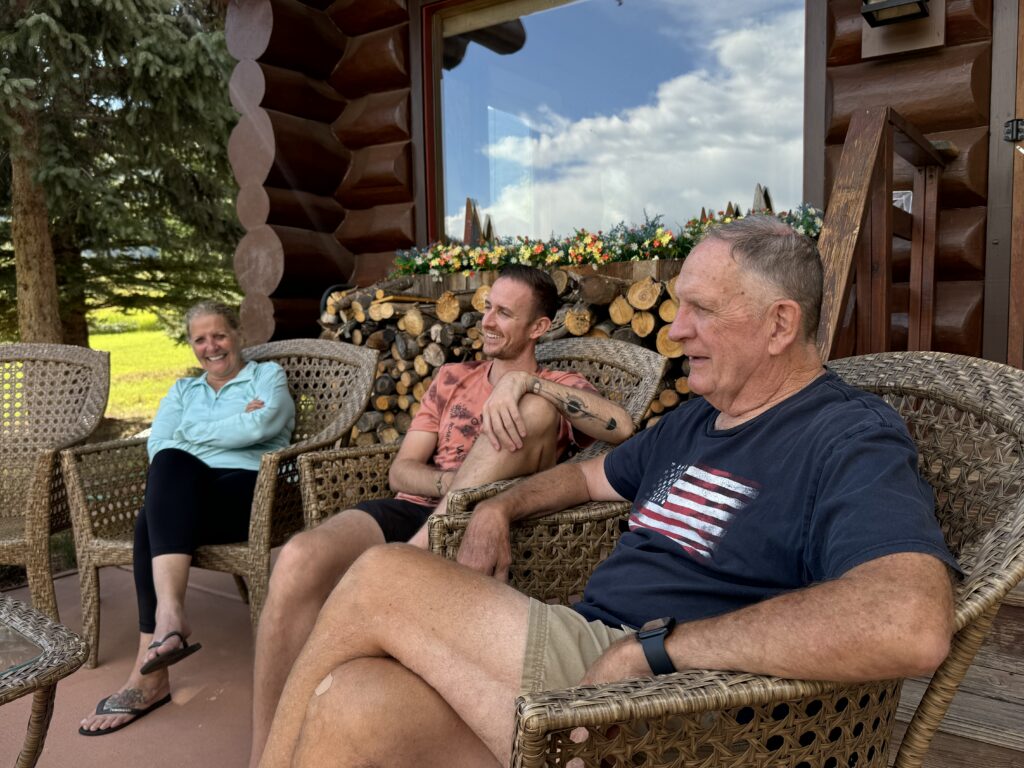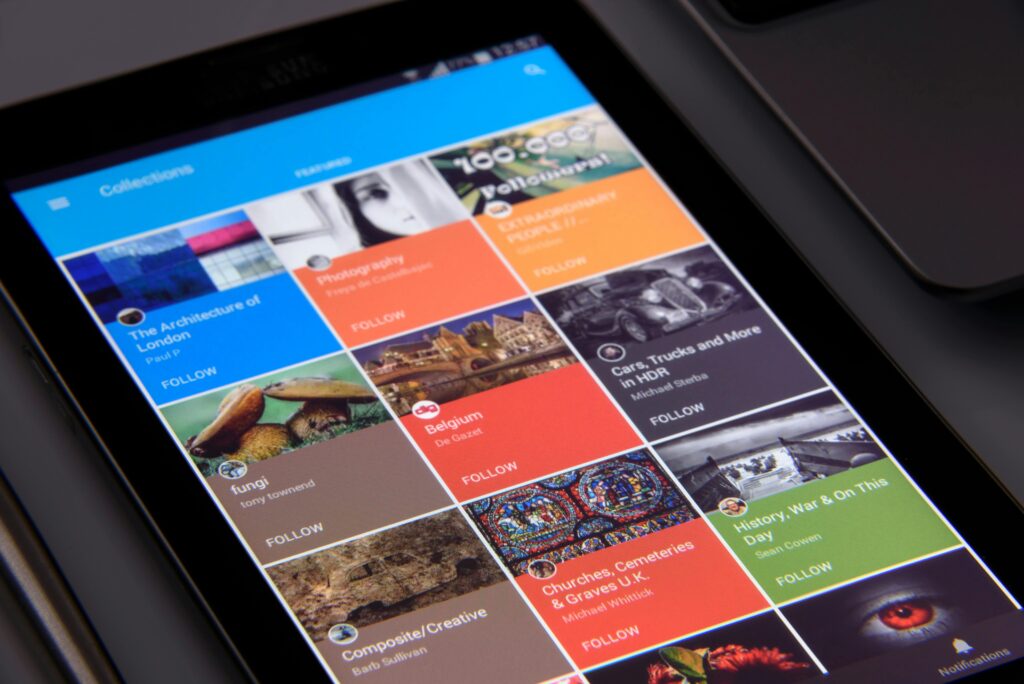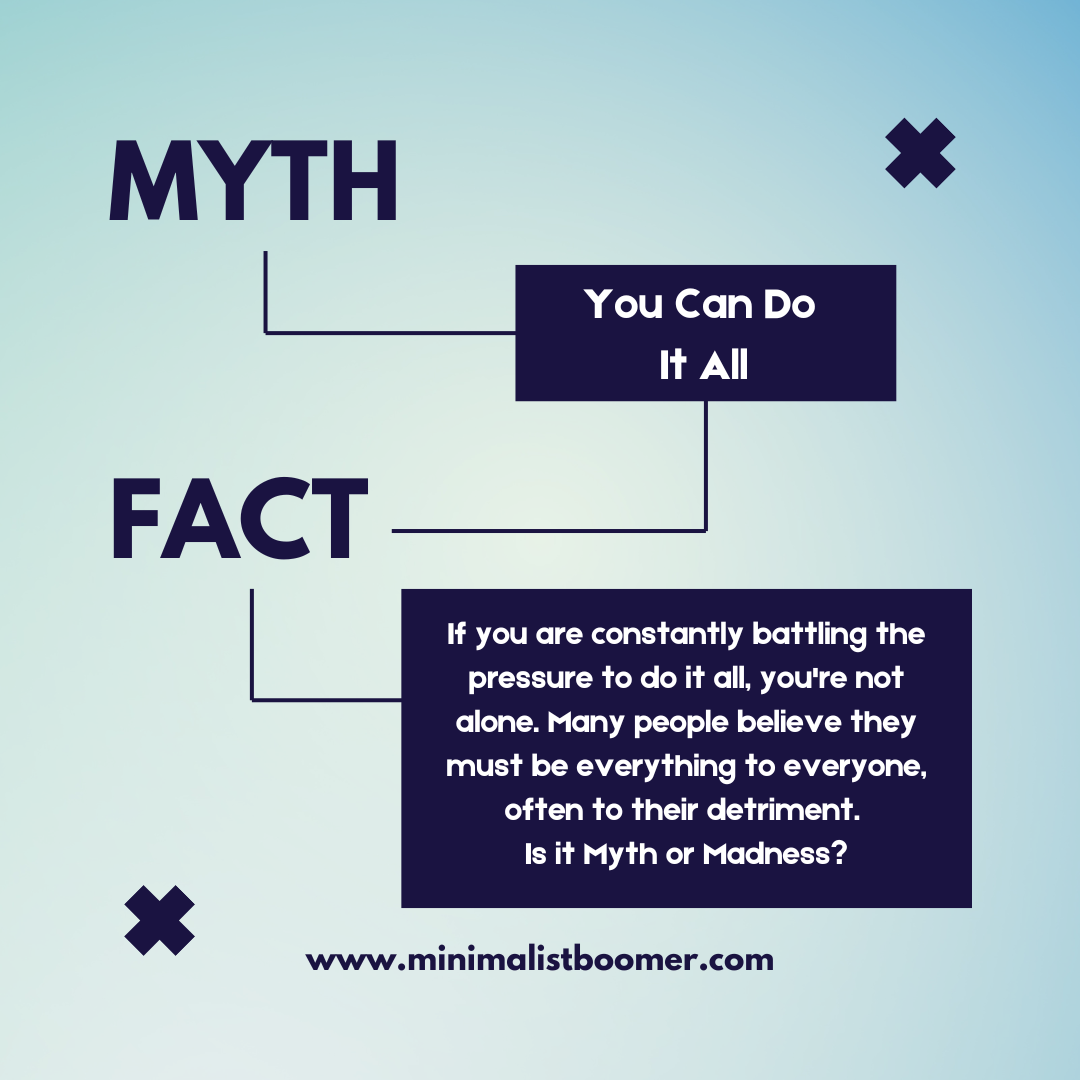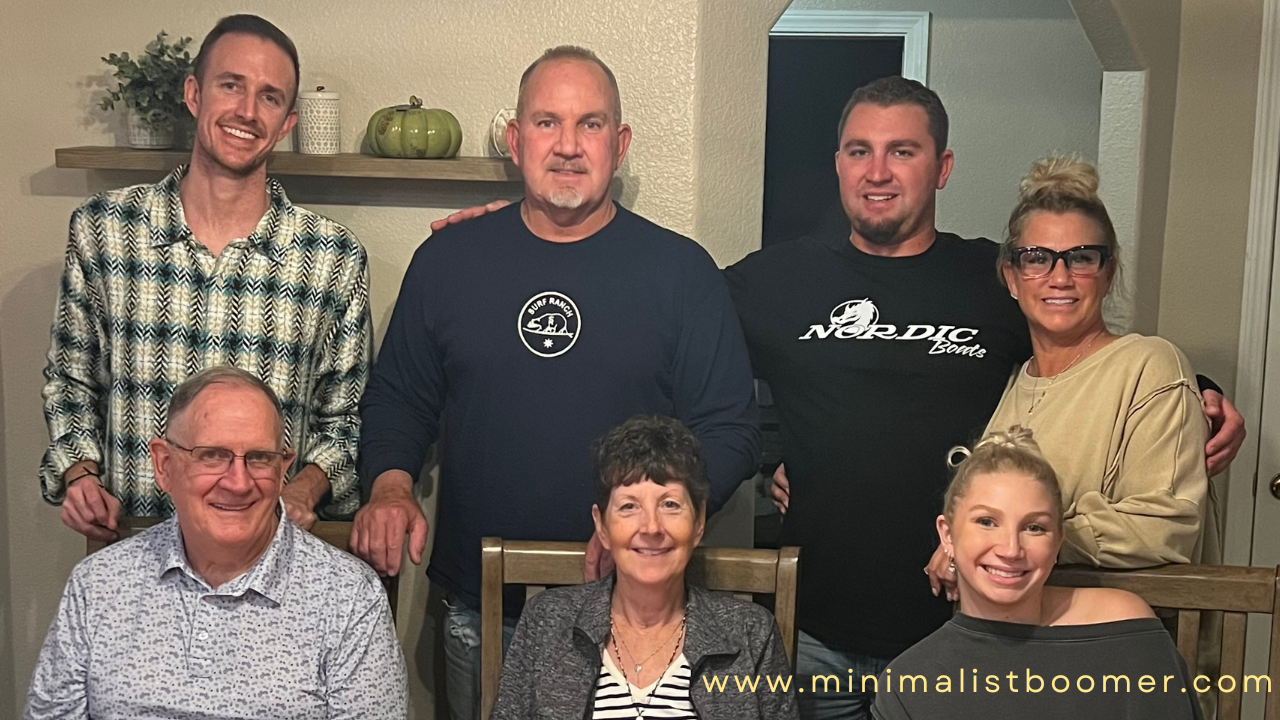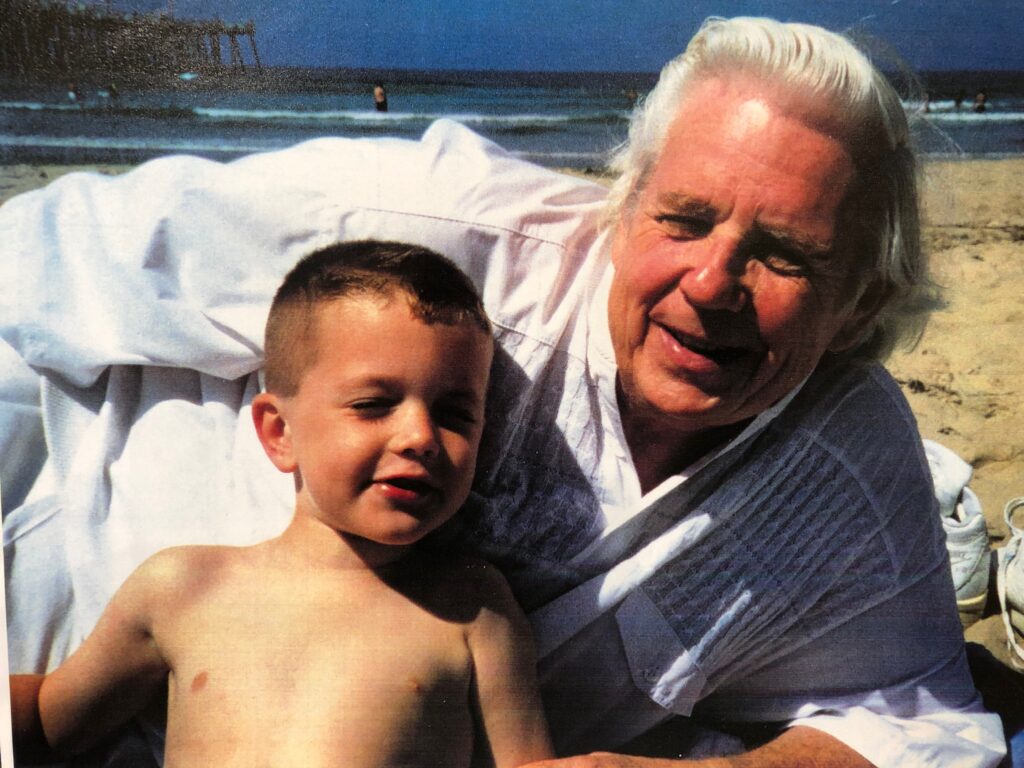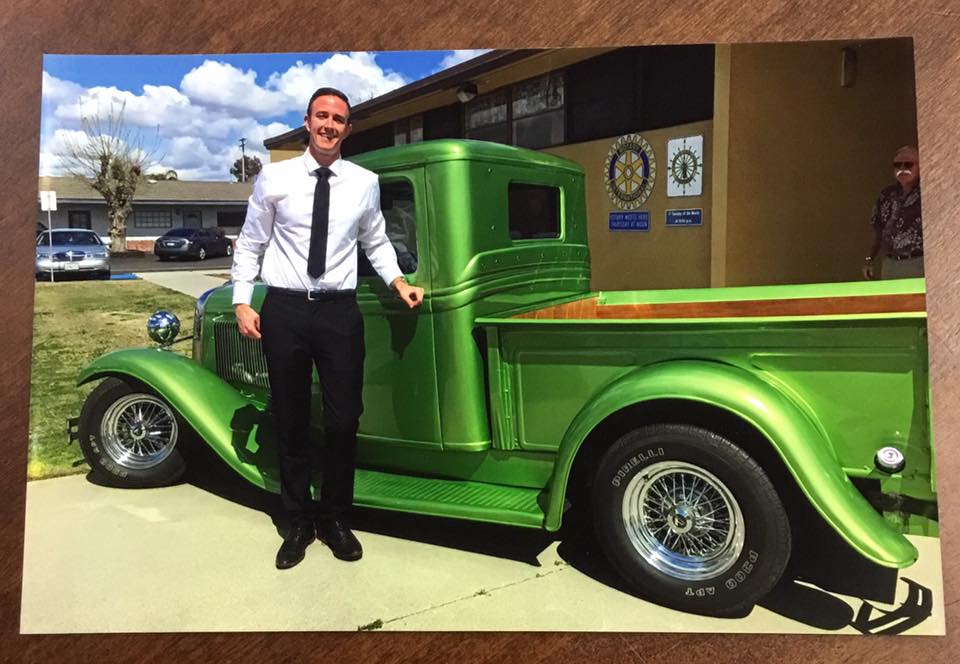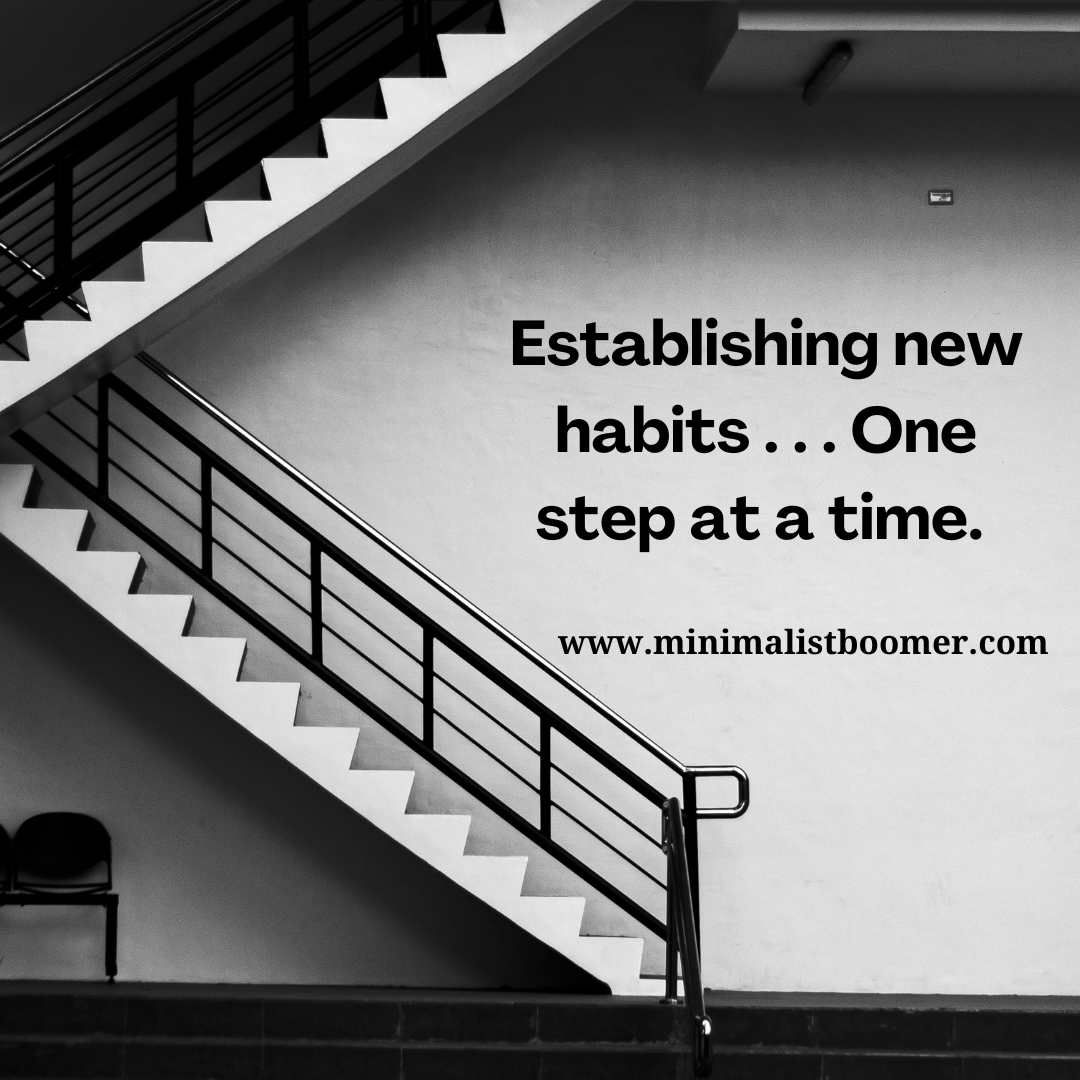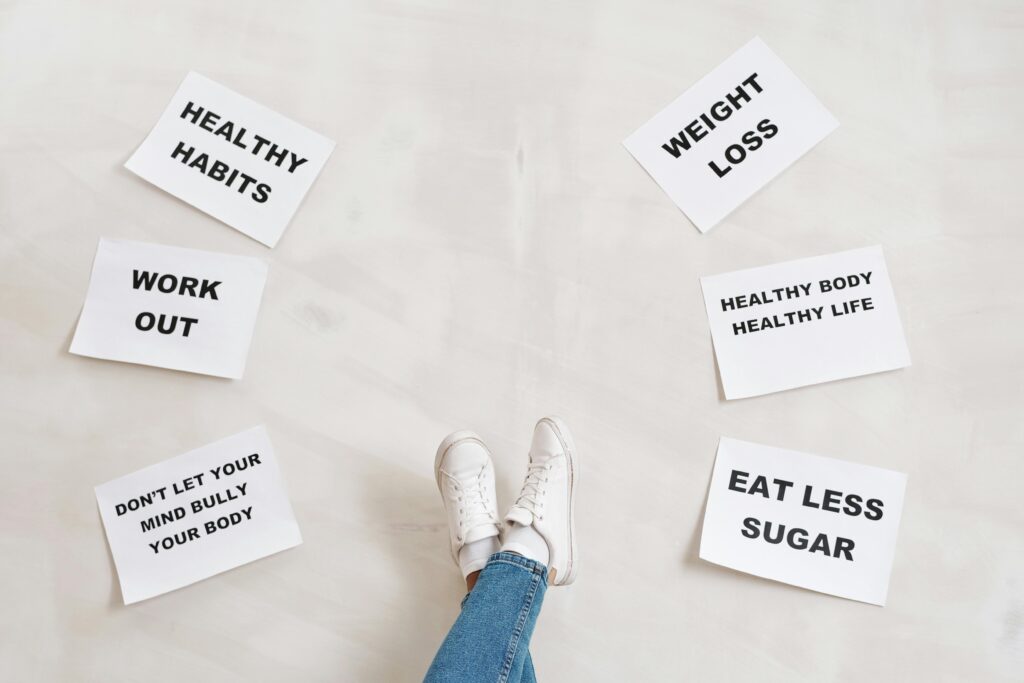Are we ready to trade our spacious living room for cozy corners? The thought of moving into a smaller home can be daunting. But wait—not only is this a chance to simplify life, it’s also a chance to make meaningful decisions about what we truly value.
As we begin this journey of downsizing, we find ourselves asking: What stays, and what must go? We’ll uncover practical steps to ease this transition, address the emotional rollercoaster, and highlight the benefits of embracing a more minimalist lifestyle. Let’s face it, less can often lead to more—more freedom, more time, and more room to breathe.
So, where do we begin this new chapter? By looking at what really makes us happy and by recognizing the real treasures in this next phase of our lives.
Understanding the Reasons for Downsizing
Moving to a smaller home might feel like a huge change, but it’s also a chance for a fresh start. Many of us are contemplating downsizing these days, and it’s important to understand why it could be a great move. Here are some common motivations for trading our larger homes for cozier spaces.
“Downsizing our possessions reflects a decision to downsize attachment to the material world.” – The Minimalist Boomer
Financial Benefits
One of the most appealing reasons to downsize is the potential for financial benefits. In many ways, having a smaller home can feel like lifting a heavy weight off our shoulders. Why? Because it often leads to lower expenses, which means more savings in our pockets.
- Reduced Mortgage or Rent: A smaller space usually means a smaller mortgage or rental payment, leaving us with more funds for other necessities or even some extra fun.
- Lower Utility Bills: With less space to heat, cool, or light, utility bills can drop significantly.
- Decreased Maintenance Costs: A smaller home means less upkeep. Fewer things break when there’s less space to fill, reducing repair costs.
- Tax Benefits: Property taxes are often based on the size and value of the home, so a smaller house usually means smaller tax bills.
By cutting down these costs, we can put our savings toward things that matter most to us, like travel, hobbies, or nesting a comfortable savings account.
Lifestyle Changes
“Downsizing is the new upgrade to a better lifestyle.” – Erin Hybart
Trading a larger home for a smaller one isn’t just about saving money. It’s also about embracing a different lifestyle. Think of it as decluttering not just our homes, but our lives.

- Simplified Living: With less space comes less stuff. We become choosier about the items we own, prioritizing quality over quantity.
- More Free Time: Less space to clean and maintain means more time for ourselves. Imagine using that time to pick up a new hobby, read more, or just enjoy some much-needed relaxation.
- Increased Flexibility: A smaller home is easier to manage, which can free us from the burdens of constant home upkeep and open opportunities for spontaneous adventures.
In essence, a smaller living space can lead us to a simpler, more fulfilling life, where we focus less on material goods and more on meaningful experiences.
Assessing Our Current Space
When we decide to move into a smaller home, it’s crucial to start by evaluating our current space. This process can feel like lifting the veil on a treasure chest of memories and, at times, forgotten clutter. But, it’s not just a task—it’s a journey that will help us streamline our lives. So, let’s roll up our sleeves and dive into assessing our living space with a clear goal: to make informed decisions about what stays and what goes.
Inventorying Our Belongings
Before we can decide what to keep, we need to know exactly what we’re working with. Taking inventory is like making a map of the treasure trove we’ve accumulated over the years. But where do we start? Here are some steps to get us going:
- Room by Room Approach: Let’s tackle one room at a time. This not only makes the task less overwhelming but also gives us a clear snapshot of each space’s essentials.
- Create Categories: Sort items into categories such as ‘Keep,’ ‘Donate,’ ‘Sell,’ and ‘Discard.’ This helps us organize our thoughts and makes the decision-making process more logical.
- Use Technology: Apps and spreadsheets can help track what we have, reducing the chance of forgetting anything important—or rediscovering the same item two years from now with a puzzled look. Like the rice cooker I just gave away!
- Involve the Family: Each member of the household should contribute by going through their belongings. This not only speeds up the process but also ensures everyone’s voice is heard.
Identifying Essentials vs. Non-Essentials
Once we have a clear inventory, the next step is to sift through our belongings to see what we really want to keep. How do we decide what’s essential? Here are some strategies:
“The more you have, the more you are occupied. The less you have, the more free you are.” – Mother Teresa
- Value and Use: Ask ourselves, “When was the last time we used this?” If it’s been more than a year, we don’t really need it.
- Emotional Sentiment: Consider if the item holds significant sentimental value. Sometimes, the heart rules over logic, and that’s okay—but it should be the exception, not the rule. Take pictures of sentimental items then pass them along to other family members if possible.
- Space and Functionality: In a smaller space, everything should earn its keep. Is it multi-functional? Does it fit the new home’s style and size?
- Ask the Tough Questions: If we’re unsure, we can ask, “Would I buy this again?” or “Is this worth moving?” These questions can cut through indecision like a hot knife through butter.
Making these assessments encourages us to reflect on what we actually need and cherish. It’s not just about downsizing; it’s about crafting a life that’s more focused, intentional, and rewarding. As we embark on this journey, we’ll find that the essence of our home isn’t found in the things we own, but in the space we create for our lives to flourish.
Preparing for the Move
Moving into a smaller home is like fitting a large puzzle into a smaller box — it’s tricky but not impossible! The key lies in preparing well. By setting a solid timeline and employing smart packing strategies, we can make the process more of a breeze than a whirlwind. Here’s how we can make this transition smoother.

“If you’re brave enough to say goodbye, life will reward you with a new hello.” – Paulo Coehlo
Setting a Moving Timeline
Creating a moving timeline is our first step toward a more organized move. Think of it as a road map to guide us through each step, ensuring we don’t miss anything important.
Six Weeks Before Move:
- Declutter: Start by sorting through each room, deciding what to keep, donate, or discard. Think of it as a fresh start.
- Research Moving Companies: Look for reputable movers, read reviews, and get quotes. If we plan to DIY, now’s the time to rent a moving truck.
Four Weeks Before Move:
- Notify Utilities and Subscriptions: Contact service providers to schedule disconnections at your old place and connections at the new one.
- Start Packing Non-Essentials: Seasonal clothing, books, and rarely used kitchenware can be boxed up now.
Two Weeks Before Move:
- Confirm with Movers: Double-check arrangements with your moving company or truck rental.
- Pack Most of the House: Leave only essentials unpacked for the last week.
One Week Before Move:
- Final Arrangements: Confirm delivery times, and make sure your new home is ready — keys in hand, utilities working.
- Pack Essentials: Have a go-bag with daily necessities like toiletries and a change of clothes.
By breaking down tasks week-by-week, we keep stress at bay and ensure we’re ready when moving day arrives.
Packing Strategies
When it comes to packing, a little strategic thinking can prevent a lot of headaches. Here are some tried-and-true tips to keep everything in check.

- Label Clearly: Use color-coded labels or markers for boxes. This helps identify which box belongs in which room at a glance.
- Pack by Room: Keep items from the same room together. This makes unpacking much simpler.
- Use Quality Supplies: Invest in sturdy boxes, tape, and wraps to safeguard belongings. Flimsy boxes can lead to unnecessary mishaps.
- Keep a List: Maintain an inventory of what’s in each box. This becomes invaluable if we can’t find something right away.
- Don’t Overpack Boxes: Keep boxes under 50 pounds to protect both our backs and the boxes from breaking.
- Wrap Fragile Items with Care: Use towels or bubble wrap for fragile items. We’re protecting both dishes and home goods.
Packing like a pro not only saves time but also helps keep our possessions safe during the move. Plus, it gives a sense of control amidst the chaos of relocating, turning potential stress into manageable tasks with ease.
Settling into Our New Space
Settling into our new space doesn’t have to be stressful. With some simple strategies, we can transform our small home into a comfortable and welcoming environment.
Unpacking and Organizing

Unpacking might feel like an endless task, but with the right approach, we can tackle it efficiently. A few well-organized strategies can make all the difference in enhancing both functionality and aesthetics:
- Prioritize Rooms: Start with high-traffic areas like the kitchen and bedrooms. This ensures that the most-used spaces are ready for living in.
- Use Multi-Functional Furniture: Think of your furniture as Swiss Army knives. Coffee tables with storage and fold-out desks are lifesavers in small spaces.
- Create Zones: Define areas for different activities. Use area rugs or shelves to separate workspaces from living areas if you’re combining spaces.
- Label Everything: During the unpacking process, mark boxes by the room and content. This saves time and frustration when looking for specific items.
Unpacking is like having a fresh start, so let’s take our time to organize in a way that makes our daily lives smoother and clutter-free. If you come across items you wonder why you brought into your new space, put them back in a box to get rid of. It happens!
Creating a Sense of Home
“Go confidently in the direction of your dreams! Live the life you’ve imagined.” – Henry David Thoreau

Once the boxes are tucked away, it’s time to add our personal touch. Making a smaller space feel like home is about drawing on what matters most to us. Here are some ideas to help personalize our new space:
- Add Personal Touches: Display family photos, artwork, or souvenirs from trips. But tread lightly and take your time. Don’t clutter up all of your wall space. Leaving blank spaces can make a room feel more open, bright, and airy.
- Incorporate Nature: Plants breathe life into any space, big or small. Even a tiny succulent can add a special touch.
- Leave hard Surfaces Free from Clutter: Find a home for every item you bring into your space. You’ll be amazed at how nice it is to have clutter-free surfaces in your new small home.
Feeling at home is not about the size of our space, but how well it reflects who we are. Embracing the journey of downsizing to a smaller home is both exciting and rewarding. It’s important to view it as an opportunity for a fresh start, redefining how we live and embracing what matters most to us. This isn’t just about letting go; it’s about gaining clearer perspectives and more meaningful experiences in our homes.
Welcome home.


